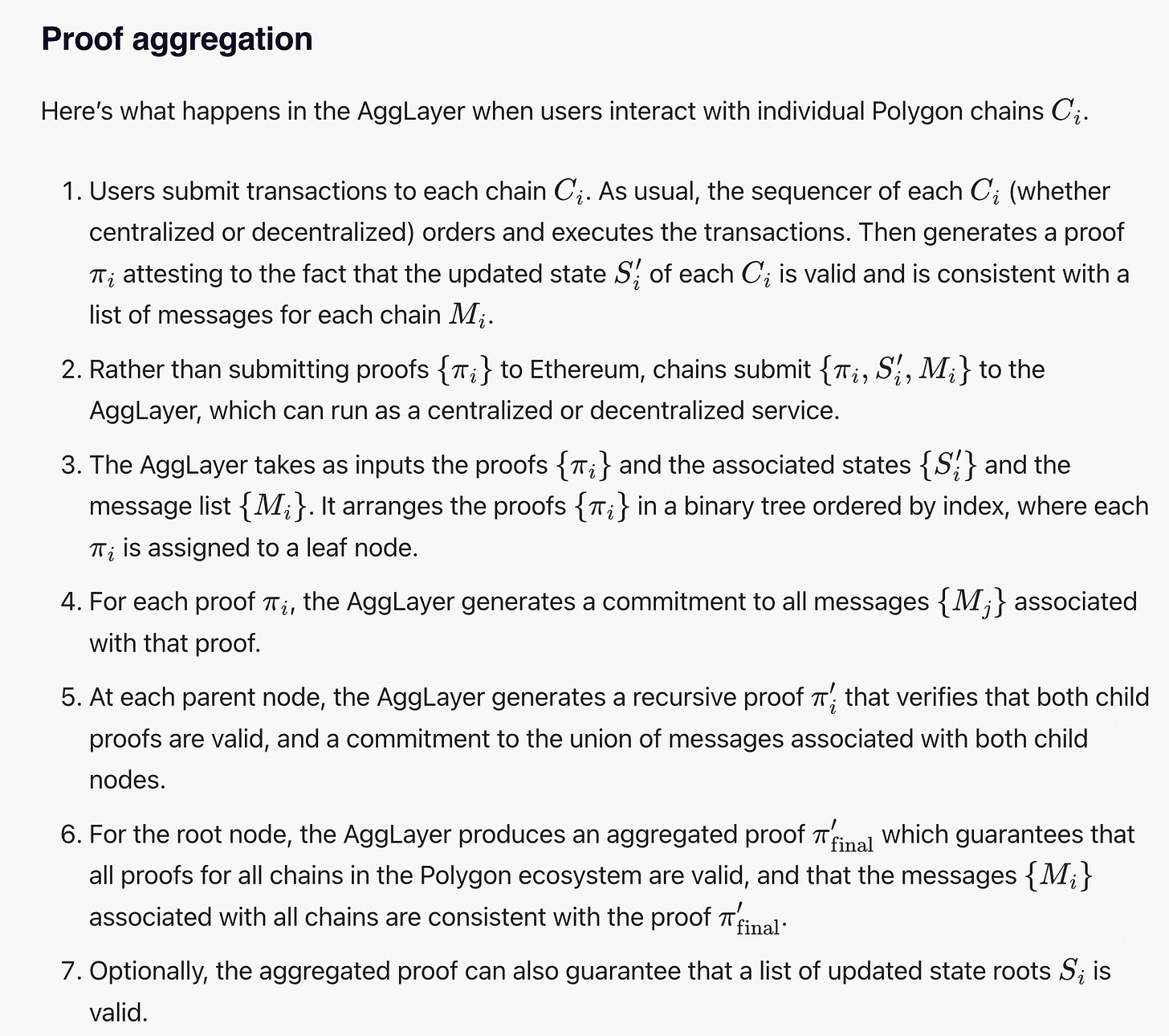Web3 is a fragmented landscape of isolated networks, each having its own set of rules. Without a Unified Liquidity Layer, we can't reach Mass Adoption.
Let's deep dive into Aggregated Blockchains - a new paradigm made possible by Polygon’s ZK technology.
If you're looking to understand what could potentially make Web3 successful, then you need to find out what actually worked for Web2, which helped it become a mainstream success.
Since every emerging technology goes through an evolution phase, Web2 also evolved with time.
Even if you look at the whole evolution of the internet, you would find that before the 80s, the internet was a network of multiple protocols, each with its set of rules and limited functionality.
The interoperability between these isolated protocols was missing.
TCP/IP arrived in the 80s and changed the game of the internet completely. It created a universal standard for communication, introduced modularity, distributed control, and improved transmission reliability, laying the foundation for the modern internet.
The web3 Industry need a similar invention like TCP/IP that could bring modularity, unified communication, and improve transaction throughput to push Web3 towards mass adoption.
We've been seeing some great advancements in all these directions. Now, you have many infrastructures available; anyone could launch a modular blockchain. That's great. We will have many sovereign chains and L2s in the near future.
But I think the modularity experiment could potentially become a great failure if we can't establish an unified liquidity layer for these rollups.
Without chain liquidity, it's always a dead end.
Liquidity fragmentation could be solved when you aggregate liquidity into a single layer and allow chains to borrow liquidity. This way, end-users could seamlessly transfer assets between different chains that are sharing the same liquidity.
In the context of bringing unified liquidity to the whole ecosystem, Couple of projects have made significant developments Including:
• Cosmos: They launched interchain security for Appchains.
• Polygon: They will launch Aggregation Layer in coming days.
AggLayer by Polygon
Let's deep dive into Polygon's Aggregation Layer and try to understand more about their approach and what kind of impact they could bring to the future of Web3.
We have so many rollups now, and rollups usually have their own bridge contract, which they use to establish a connection with ETH L1.
What Polygon is trying to propose here is, instead of creating bridge contracts for thousands of rollups, let's use a single bridge contract.
To achieve seamless transactions between different chains and rollups, they are proposing an aggregation layer that has three key design components:
• Proof Generation
• Optimistic Batch Confirmation
• Atomic Cross-Chain Interaction
Behind the Scenes
1/ Proof Generation
Whenever an end user submits a tx on a rollup supported by the aggregation layer, the sequencer will order and execute the transactions. Then, it will generate validity proofs with state root updates and publish them to the AggLayer.
The AggLayer arranges these proofs, generates commitments to all messages, and creates recursive proofs to run the verification around all proofs.
Then, it generates the aggregate proof, suggesting that all proofs of all chains in the Polygon ecosystem are valid.
The Aggregation Layer will post the aggregated proofs to Ethereum L1, along with commitments to message lists.
Commitment to message lists in Zero Knowledge proofs is a technique used to prove knowledge of a list of messages without revealing the actual messages themselves.
2/ Optimistic Confirmation
The Aggregation Layer inherits high latency and slower bridging times because of the computation involved in generating Zk Proofs. Polygon is using optimistic confirmation techniques to reduce latency and enable faster bridging.
They allow batches to confirm optimistically without proofs, but they also ensure that chains can handle messages safely by obtaining pre-confirmed state guarantees between two chains involved in the bridging.
3/ Atomic Cross Interactions
To enable a true unified experience for end-users, Polygon enables atomicity, which allows users to submit a bundle of txs to many chains in the Polygon ecosystem with the guarantee that all txs will be successfully executed, or none will be included.
AggLayer Launch Polygon is planning to launch the mainnet for AggLayer in February of this year.
They'll share more details about the aggregator layer in the context of requirements for validators, incentives, opportunities, chain support, etc.










